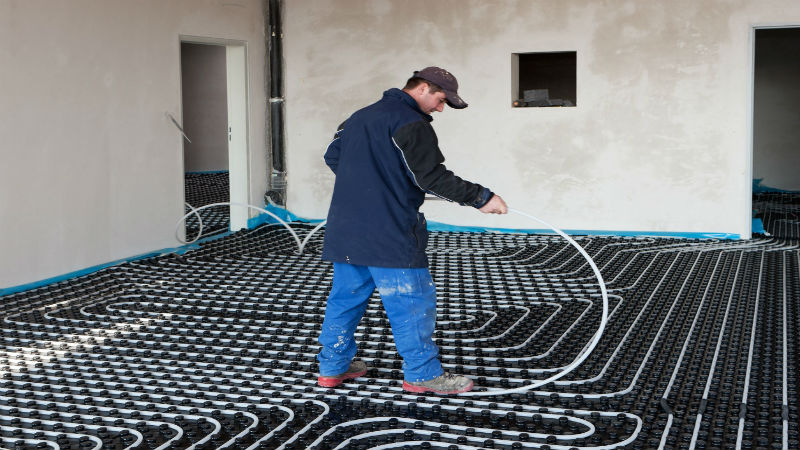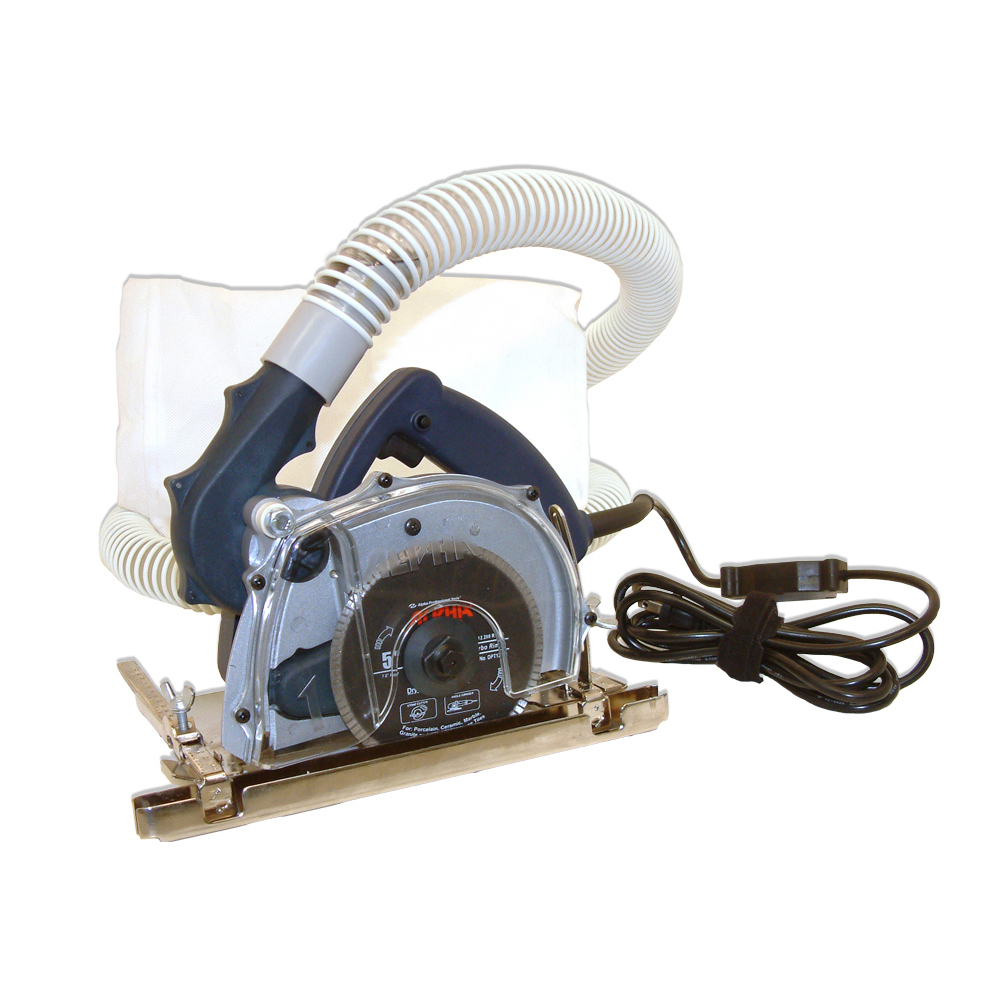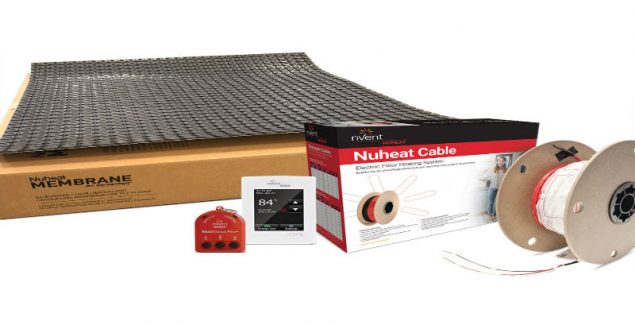Determining the right trowel size for your tile installation depends on the substrate and the tile.
First, it is necessary to know how much thinset mortar you want to have underneath the tile in your finished installation. This requires at least 3/32” underneath the finished installation, with a target of 1/8” minimum.
You can determine which size trowel to use in two ways – visual inspection or warpage (cupping) of the substrate and tile.
First, let’s look at the warpage (cupping).
Calculating the Warpage (cupping)
The cupping of the tile involves the degree of variation from the plane. You can determine this by positioning the tile face-to-face and then squeezing one corner of the tile. If you have a cupped tile, the opposite corner will be spread apart. It will not be positioned face-to-face. Measure the space in between the tile faces on the opposite corner. Cut this number in half and you have the level of cupping in the tile.
If a 1/4” space is produced between the tiles in the opposite corner by squeezing the tile this way, you have 1/8” cupping in the tile.
You will need to use a trowel that provides a 1/4″ bed of thinset underneath the finished installation if you want a 1/8” minimum of thinset underneath the tile cupped by 1/8”. In this case, you can get the right coverage with a 1/2″ square-notched trowel.
Visual inspection
The visual inspection method simply involves fully embedding the tile into the thinset mortar bed. Then, it is removed with the back of the tile and the substrate is examined to determine if you have the necessary coverage.
When visually inspecting the back side of the tile and substrate, it is always recommended to have a 100% coverage but is acceptable to be as low as 85% depending on the type of tile being used.


